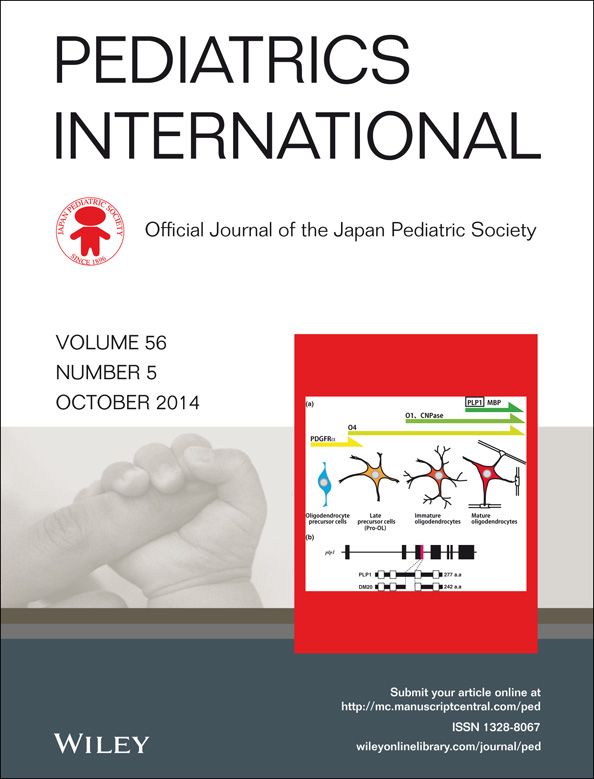16q12 microdeletion syndrome in two Japanese boys
Abstract
Microdeletion of 16q12 is a rare chromosomal abnormality. We present the cases of two Japanese patients with developmental and renal symptoms of differing clinical severity. Both patients had 16q12 interstitial microdeletions that included the entire SALL1 gene. Patient 1 was a 15-year-old Japanese boy clinically diagnosed with branchio-oto-renal syndrome with mild developmental delay, but with no imperforate anus or polydactyly. Array comparative genome hybridization (aCGH) indicated a 5.2 Mb deletion in 16q12, which included SALL1. Patient 2 was a 13-year-old Japanese boy diagnosed with Townes–Brocks syndrome and severe developmental delay, epilepsy, and renal insufficiency requiring renal replacement therapy. Fluorescence in situ hybridization indicated deletion of the entire SALL1 gene. Subsequent aCGH showed a 6 Mb deletion in 16q12q13, which included SALL1. Precise analysis of the present two cases will give us some clues to elucidate the pathogenic mechanisms of 16q12 microdeletion syndrome.




